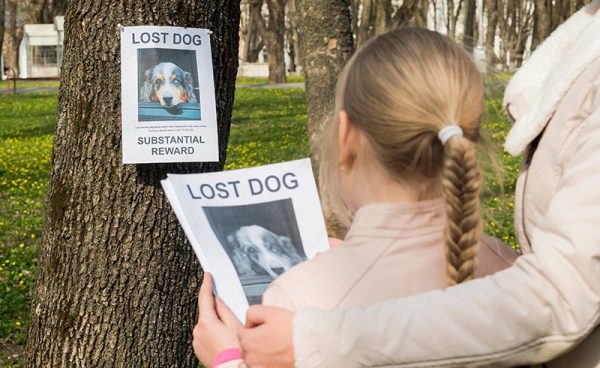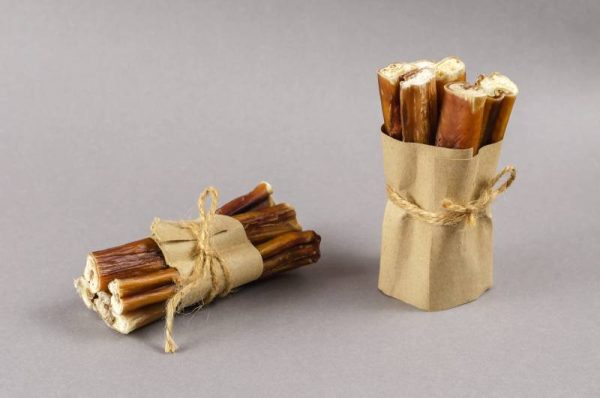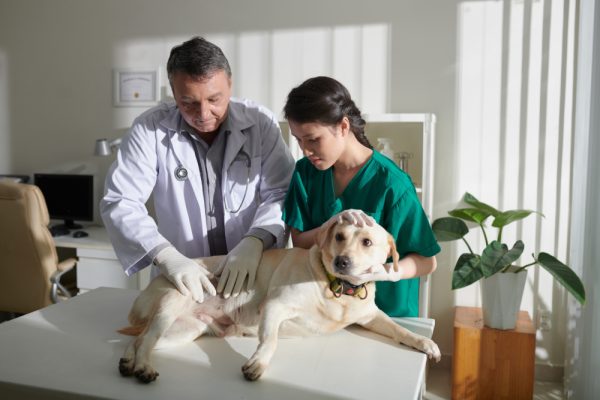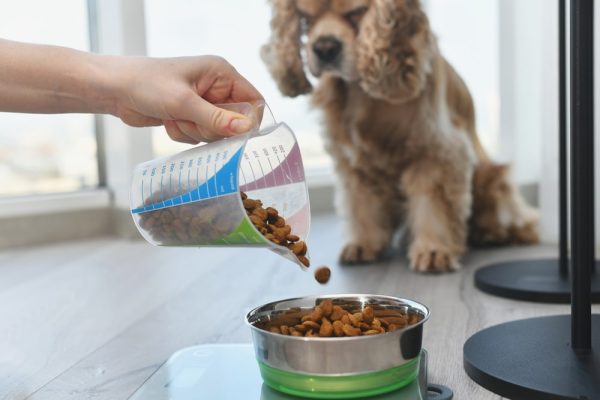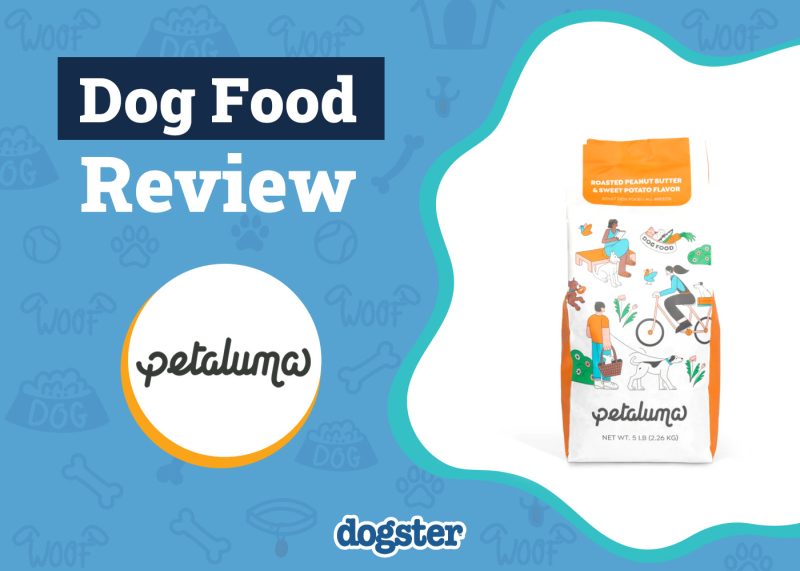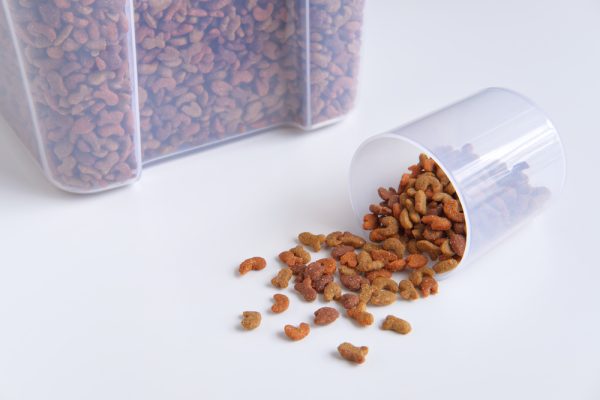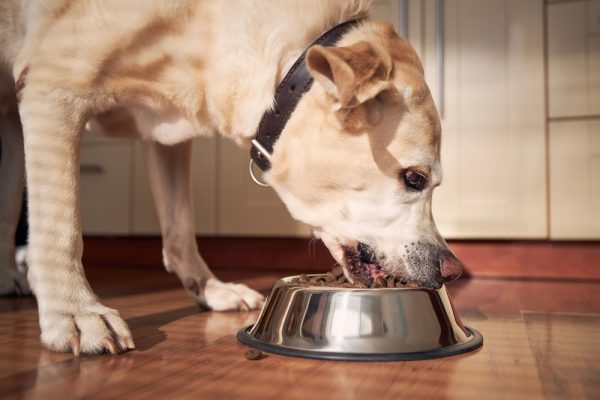If you know or suspect your dog has eaten chocolate, stop reading now and contact your vet or the ASPCA Animal Poison Control Center at phone number 888-426-4435. Chocolate is highly poisonous to dogs and cats. Ingestion of large amounts is potentially fatal if left untreated. It doesn’t matter if your pet is showing signs because the sooner they are treated, the better the prognosis. Below are the steps you need to take if your dog eats chocolate.
Here’s What to Do
1. Contact the Animal Poison Hotline and Your Vet
The first step to take once you notice your dog has consumed chocolate is to contact a professional. The sooner you act, the more likely it is that your pet will safely recover.
If you need to speak with a vet but can't get to one, head over to PangoVet. It's our online service where you can talk to a vet online and get the advice you need for your pet — all at an affordable price!
2. Gather Evidence
Your vet is likely going to ask you a series of questions, so you’ll need to start gathering evidence if you haven’t already. What kind of chocolate did they eat? How much? How much does your dog weigh? How long ago did they eat it? What other ingredients are in the chocolate? The more info you can provide, the more helpful they can be.
3. Follow Your Vet’s Instructions
How you move forward is going to depend on what type of chocolate your dog ate, how much of it was consumed and the size of your dog. In some situations your vet will recommend that you monitor your dog for physical signs before bringing them in. However, if large amounts have been ingested you will need to bring your dog in right away for emergency treatment. Regardless, it is best to follow the advice of a trusted veterinarian.


Why Chocolate Is Bad for Your Dog
The problematic ingredients in chocolate are theobromine and caffeine. Dogs are unable to metabolize these two ingredients properly. Generally, the darker it is, the more toxic it is to dogs. Cocoa powder is the worst, with baker’s and dark chocolate not far behind. However, even milk chocolate is poisonous. As little as 0.5 ounces of milk chocolate per pound of body weight puts your dog at risk of chocolate poisoning 1.
Signs of Chocolate Poisoning or Toxicity
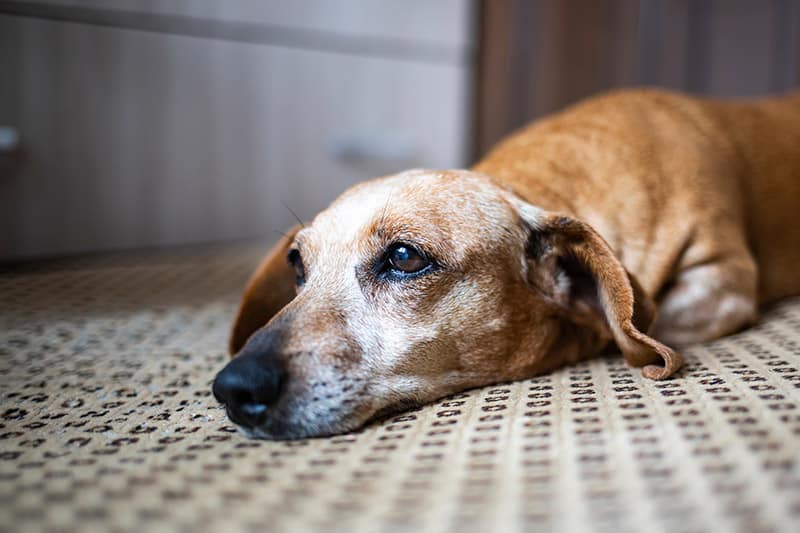
Ingestion of smaller amounts of chocolate may only cause vomiting and diarrhea, and these are typically the earliest signs of chocolate toxicity. Many of the other signs of chocolate poisoning take a bit longer to become apparent. Usually, you’ll notice abnormal behavior, such as excessive thirst or restlessness, within 6–12 hours of ingestion. Your pup may urinate a lot because of the increased fluid intake. Cardiovascular signs begin later, which may not be evident to you other than knowing something is wrong with your pooch. Seizures are one of the most severe signs of extreme chocolate toxicity.
- Diarrhea
- Vomiting
- Restlessness
- Excessive thirst and urination
- Hyperactivity
- High heart rate
- Seizures

Treatment of Chocolate Poisoning
Prompt action is imperative, even if your dog isn’t showing negative signs yet. Your vet can induce vomiting and give your pup activated charcoal to help prevent their onset. Your pet’s treatment plan begins with stabilizing their vitals if the signs are already evident. Your vet can then handle other issues as they present, which may include anti-seizure meds and intravenous fluids 2.
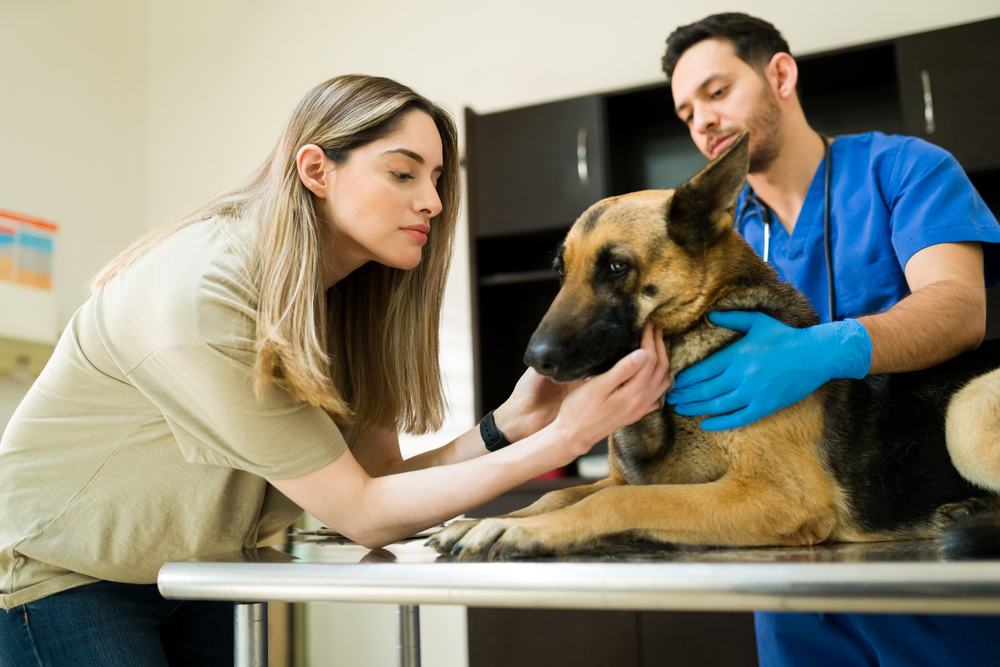
Other Complications
It’s one thing for your vet to manage chocolate poisoning, but it’s another matter if the chocolate contains other problematic ingredients, such as raisins or macadamia nuts. The signs may progress similarly, although the former adds the risk of kidney failure. Another concern exists if the candy contains xylitol. That’s why it’s imperative to get the wrapping of the chocolate if possible. Dogs don’t make it easy, either. Dogs often are picky eaters, meaning they often ingest anything they find. Interestingly, chocolate is the most widely reported food toxin in canines. Unsurprisingly, cases are very common around holidays when these foods are likely present. However, the critical takeaway is prompt action. The earlier your dog gets treated, the better the prognosis.
 Final Thoughts
Final Thoughts
The veterinary community has done an excellent job of getting the word out about the toxicity of chocolate. Many pet owners are aware of the potentially dangerous consequences of accidental ingestion. We think of our dogs as toddlers and follow the advice of many manufacturers about keeping things out of their reach. Diligence is vital when a food can adversely affect your pup, so be sure to keep all chocolate and other dangerous foods away from your curious pooch.
Featured Image Credit: Sebastian Duda, Shutterstock


